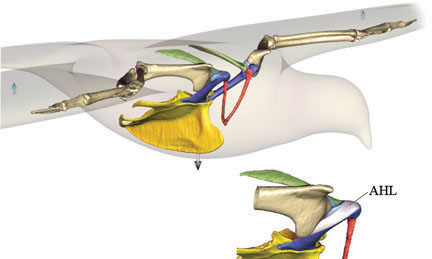
This is actually a bit of a follow-up to my post from last night, in which I discussed visualizing invisible germs. As I read through Michael Pollan’s brilliant article from Sunday’s New York Times Magazine, I decided that there was something of a connection. In describing political lobbies’ removal of specific (“red-meat and dairy”) language from government recommendations, he writes, “the culprit is an obscure, invisible, tasteless—and politically unconnected—substance that may or may not lurk in them called ‘saturated fat.’ ” Invisible indeed! How do we think of things that lie beyond our senses?
(As a brief aside, I can’t emphasize “brilliant” enough in describing Pollan’s work. I find myself recommending his two most recent books, Botany of Desire and Omnivore’s Dilemma, more than pretty much any other reading material.)
So the image above is literally the first one that crops up (um, so to speak) when you google “nutrient“ as an image search. Of course, no nutrients are visualized in the diagram, but something interesting happens instead: nutrients are visualized as the relationships between the organisms in the diagram. Following the lead of the little pictures of cows and corn, perhaps the “Nitrogen Fertilizers” box should have a little drawing of a factory, but the key is that the obscure and invisible is envisioned in terms of connections between the concrete and mundane. (Obviously, the emphasis lies on a single element in the intricate relationships between the various parts of the diagram, but the sheer number of arrows communicates the system’s implicit complexity.)
Indeed, in both his books and in the article referenced above, Pollan focuses on the relationships between humans and plants—between us and our food—and the two-way, co-evolutionary nature of those relationships. He describes a “nutritionism” worldview, in which “the widely shared but unexamined assumption is that the key to understanding food is indeed the nutrient. From this basic premise flow several others. Since nutrients, as compared with foods, are invisible and therefore slightly mysterious, it falls to the scientists (and to the journalists through whom the scientists speak) to explain the hidden reality of foods to us. To enter a world in which you dine on unseen nutrients, you need lots of expert help.”
This turns out to be a critique of strict scientific reductionism as well as an indictment of a food culture that emphasizes listing “dos” and “don’ts” rather than taking a more holistic approach to eating. Pollen therefore recommends going back to eating food instead of “edible foodlike substances,” but he also calls for consideration of the other cultural accoutrements of dining—growing and preparing food, sharing communal meals, and so forth. “In borrowing from a food culture, pay attention to how a culture eats, as well as to what it eats.”
In terms of “visualizing science,” what I find intriguing about these ideas is that they don’t lend themselves to a visual interpretation. Unlike yesterday’s germs, which lend themselves to caricatures and cartoons, the idea of a “nutrient” cannot be expressed in a terribly concrete visuals; instead, one must use diagrams or sequential art to place it into a real context. Thus, you end up with a picture like the one above, revealing a nutrient in terms of its relationship to entities we can visualize.
A detail I rather enjoy about the image, BTW, is the only color that appears—in the form of a lightning bolt! Indeed, lightning plays a role in the nitrogen cycle, although its importance may be visually exaggerated by the use of color. Still kinda cute.
Please forgive a slight digression now as I shift from the visual to the literary… Because I just happened to read Charles Dickens’s ”American Notes for General Circulation, I feel compelled to quote a portion of his chapter describing a trip “From Pittsburg To Cincinnati In A Western Steamboat”: “Nobody says anything, at any meal, to anybody. All the passengers are very dismal, and seem to have tremendous secrets weighing on their minds. There is no conversation, no laughter, no cheerfulness, no sociality, except in spitting; and that is done in silent fellowship round the stove, when the meal is over. Every man sits down, dull and languid; swallows his fare as if breakfasts, dinners, and suppers, were necessities of nature never to be coupled with recreation or enjoyment; and having bolted his food in a gloomy silence, bolts himself, in the same state.” So Americans’ poor relationship to food dates back as far as 1842!










